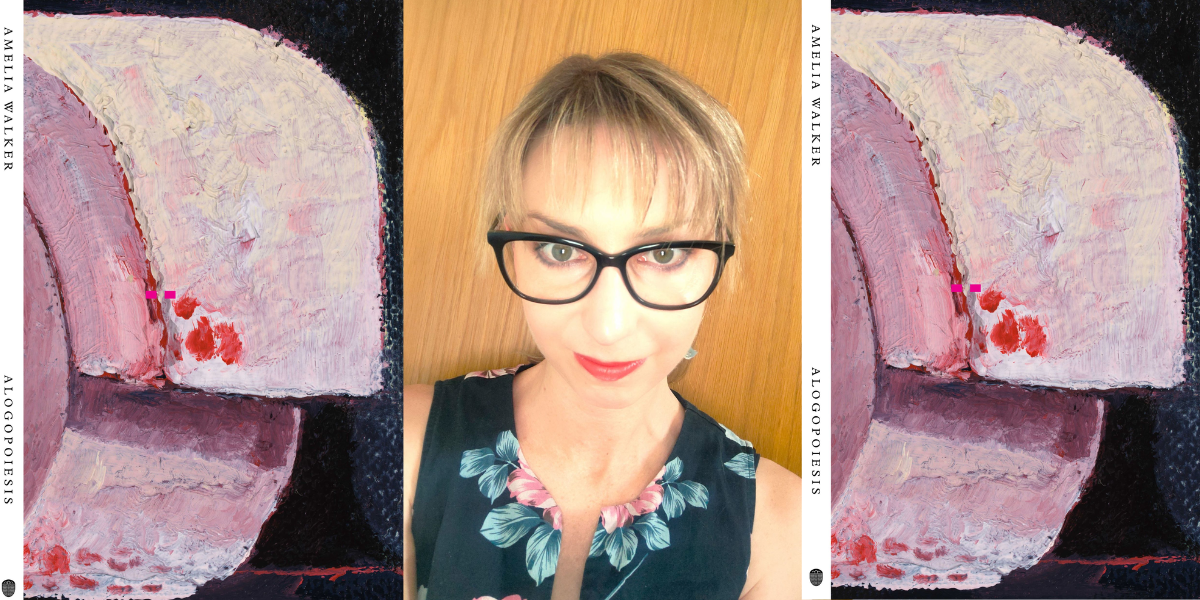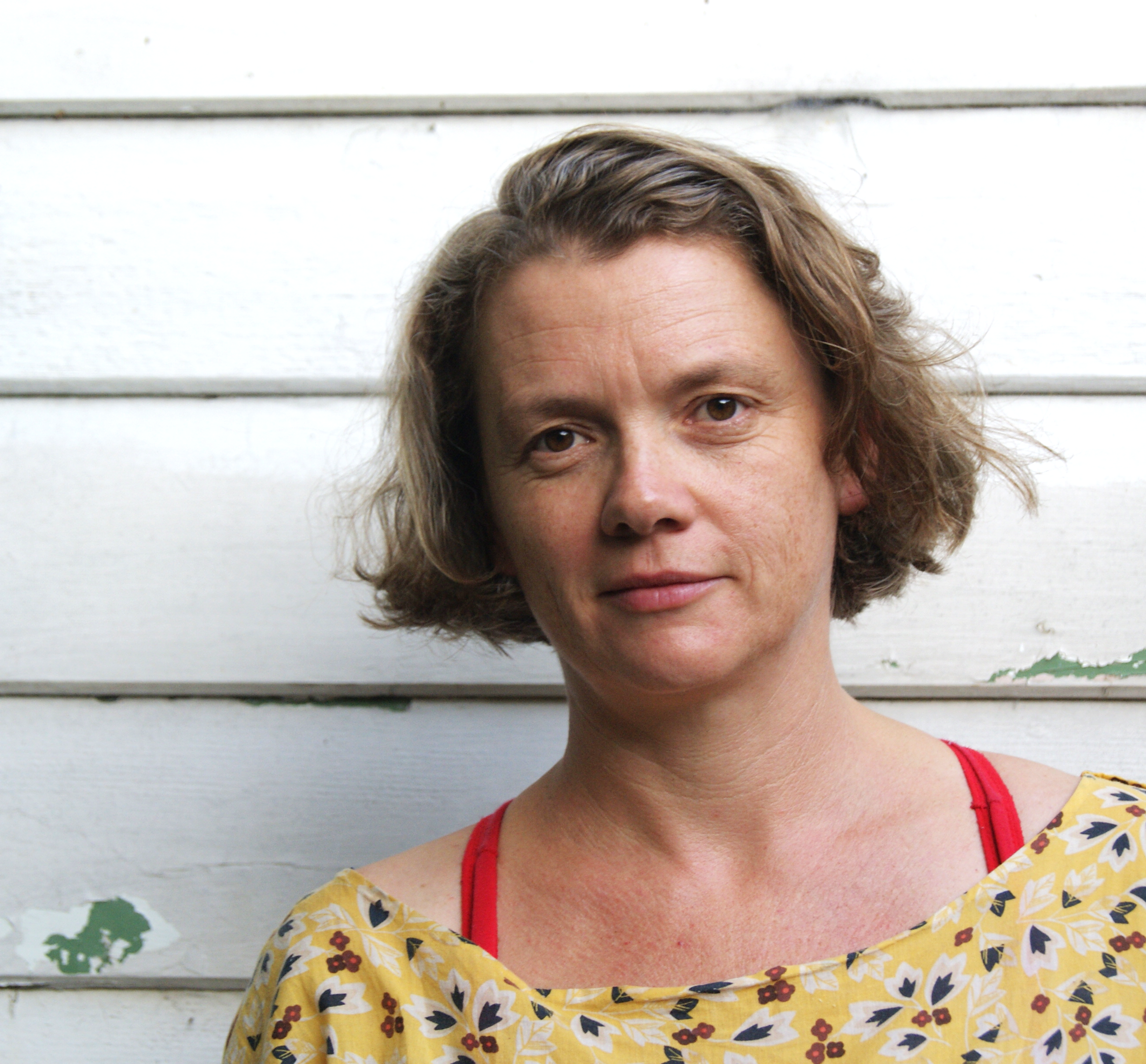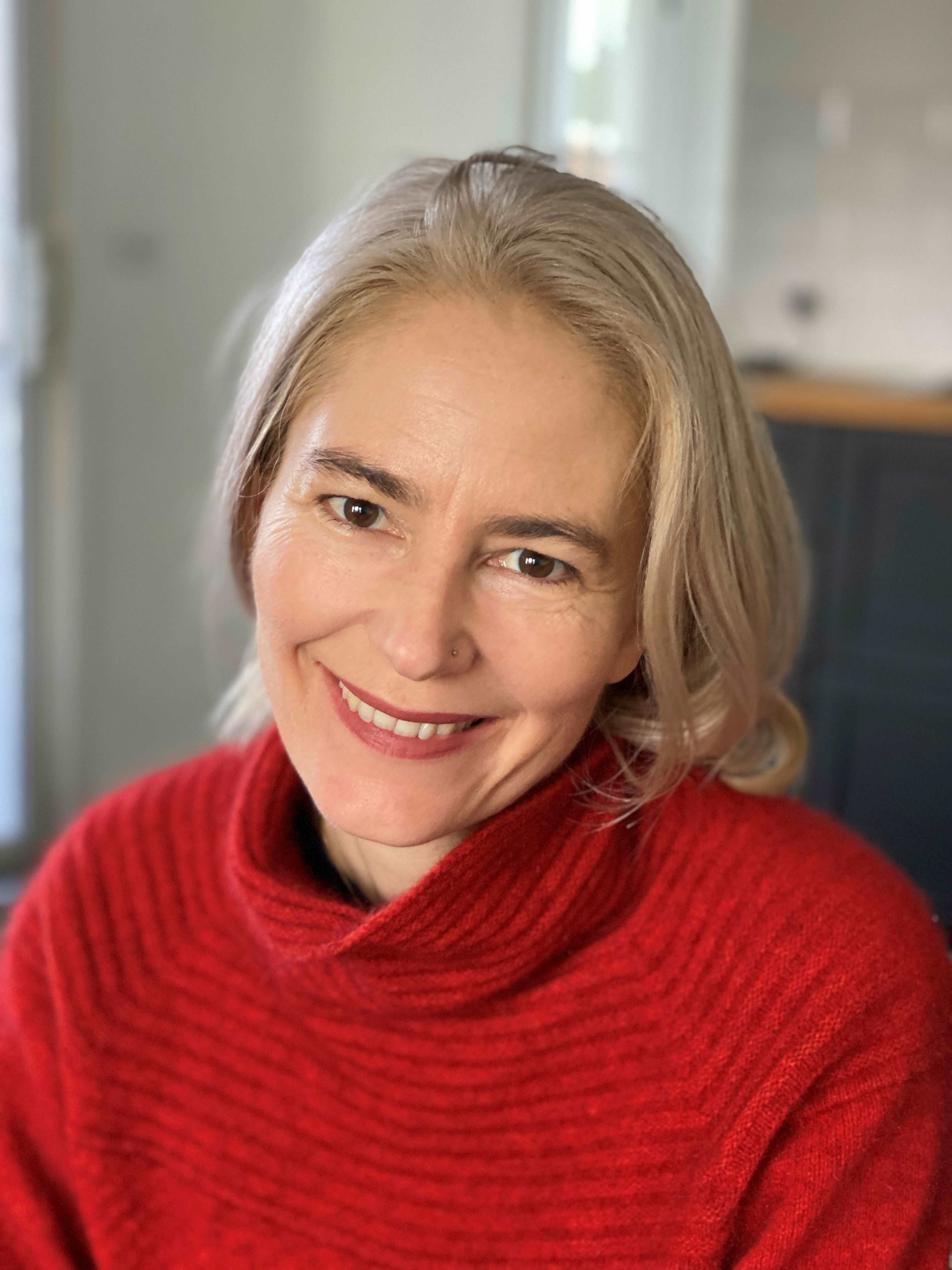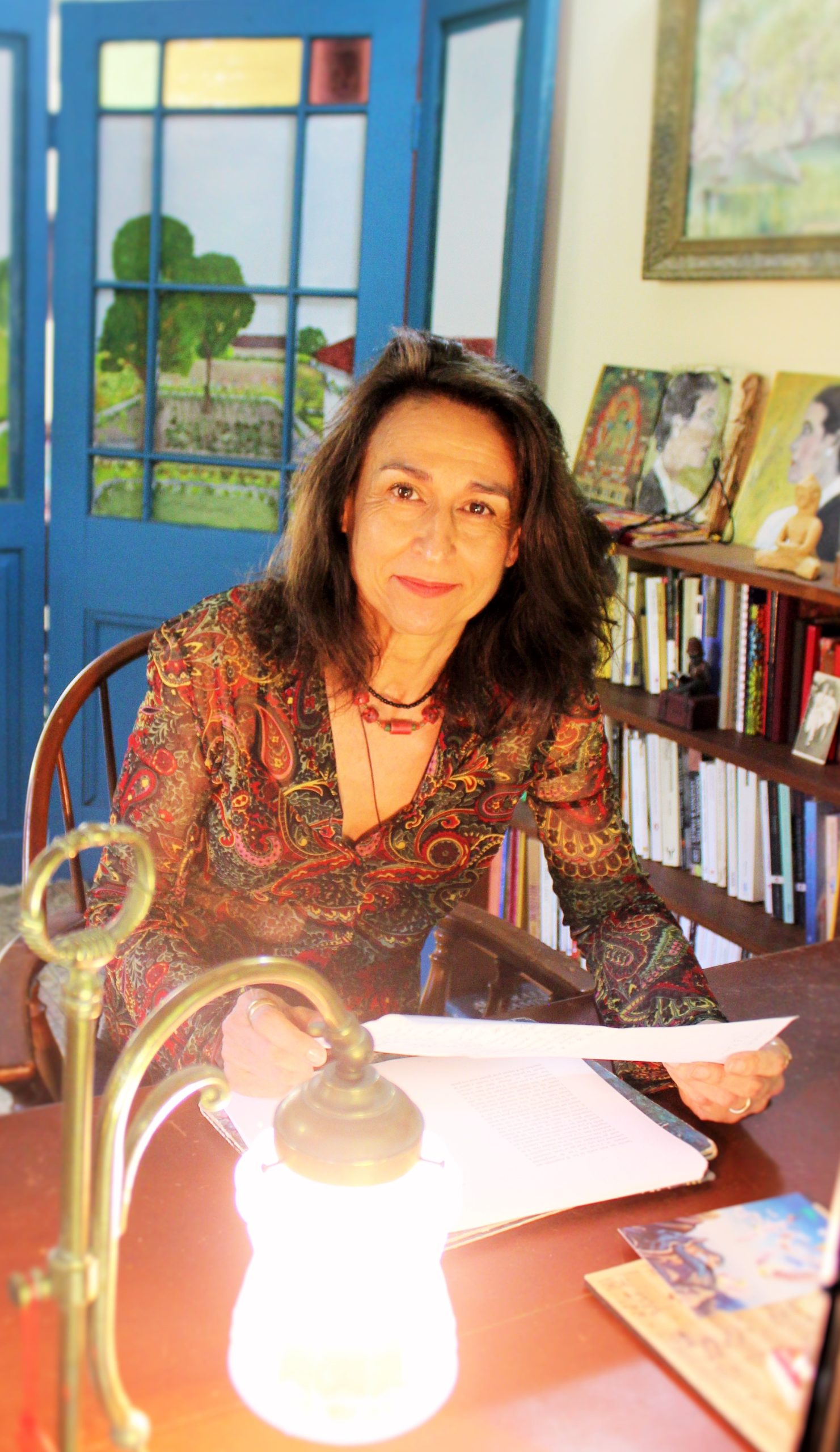1. How would you describe Alogopoiesis?
‘Alogia’ is a condition of reduced or absent speech. It evokes an absence of the ‘logos’, i.e. the word or sign of mainstream so-called logic and reason. ‘Poiesis’ is the Ancient Greek word for making, and the source of the English word poetry. ‘Alogopoiesis’ is therefore about creating poetry from and through what might appear to be absence, silence, or illogic, but which is actually represents different modes of communication filled with different styles of thought and reason.
Alogopoiesis evokes ideas of silence thematically through poems on topics that are often hushed up or difficult to speak about, including domestic violence, queer heartbreak, and mental illness. From a formal perspective, the poems mobilise blank spaces and silences via techniques of erasure, fragmentation, and re-iterations designed to reflect the operations of trauma. The book as a whole is itself designed to be read as a poem in which patterns of recursion, reordering and reinvention bear symbolic meanings that speak to and extend those of individual poems themselves.
2. What drew you to write this poetry?
I’m a big believer in that old saying that the personal is political. Many of these poems are based on personal experiences, but they are things that I think a lot of other people go through too—things we’re often scared to talk about, but desperately need to talk about. When I tried to write about these things, I discovered there’s so much the words just can’t say. Trauma is very often simply beyond words. That was when I began experimenting with techniques of erasure, in which the point is to read and think about what’s not on the page as much or perhaps even more so than what is. Likewise, I found that fragmentation and patterned repetition provide ways to say—or at least gesture towards—the things that words can’t say. The book is basically a big experiment in breaking silence through the use of silence itself. My hope is that those who read it may think about the fact that people who have gone through or are going through traumatic experiences may not always be able to communicate those experiences in what we think of as normal ways. I hope the book may open up thinking about other ways of communicating and how we can listen for them.
3. Tell us a bit about the experience of writing the book…
The book collates poems from the past twenty years, most of which have previously been published individually in small journals, but which I was scared to bring together in a book like this because of the difficult topics they span. When I decided to finally do it, my aim was to create a book that could be read as a poem, in which the spaces between words would play a role as or more meaningful than that of the words. Bringing the book together therefore actually turned into quite a mathematical process. There are twelve sections, across which various poem sequences re-order themselves in specific patterns, some of which are obvious and others more obscure. Each pattern bears a symbolic meaning of relevance to that sequence overall. The ways the patterns interweave is designed to add meaning to the book as a whole. To do this, I had a massive whiteboard on my office wall where I mapped the book’s structure as a whole. Some days I spent hours and hours standing in front of it, shifting things about, then shifting them back, then trying something else again. It went on for months until I was finally happy with it.
4. Who is this book for?
As I’ve already mentioned, the book is about things that are hard to speak about, but which we need to speak about, including domestic violence, queer heartbreak, and mental illness. So, on one level, it’s a book for people who have had experiences with those things, or know people who have had such experiences. But on another level, it’s a book that plays strongly with formal patterns and puzzles, so I hope it will also appeal to people who are interested in those things, including poets and other writers interested in new ways to experiment with the limits of language and what we can say through the things we don’t say.
5. When (or where) would be the perfect time (or place) to read this book?
I think it’s more of a night-time book. It’s probably best read in a space of quiet, with a mug of something warm on hand (or a stiffer drink for those who prefer it).
6. What do you hope readers will take from this book?
That we say as much through the things we don’t say as through those we do.
7. What prompted you to start writing poetry and when did you start?
I began writing as a teenager. It was a way to process thoughts and develop understanding about things that didn’t make sense or challenged me. It was also a way to speak out and be heard about things that I thought mattered. I’ve always had a bit of a political edge to my motivations for writing. By political, I mean a desire to intervene or have a say in the games of power that people play. And as I said before, I’m a strong believer in the idea of the personal as political and vice versa. I also believe that language itself is political. By that I mean that the games of power people play in social settings are reflected through words and grammar, as a result of which, every time we speak or write we are carrying those games on whether we know it or not. The constraints of dominant language make certain things easy to express to others, while other things much harder or impossible to get across, or indeed even to recognise for oneself. That’s what drew me to poetry, in which experimental play with language creates opportunities to explore the ideas that dominant language struggles to contain. In this, I was inspired by poets like John Kinsella, and Ania Walwicz, all of whose works in different ways use poetic form to speak back to dominant culture’s problems and to suggest alternative possibilities.
8. One thing you’ve learned the hard way when it comes to writing poetry?
Some readers will always interpret poems in ways that are completely different from what the writer had in mind. This is simultaneously one of the hardest and most exciting things about the sorts of cultural conversations poetry sustains.
9. Best investment you’ve ever made in your writing?
Buying countless books by other poets, and spending loads of time at poetry reading events. Reading and listening to other poets is essential.
And lastly…
10. Favourite bookshop anywhere in the world?
I’d say City Lights Bookstore in San Francisco.
11. What book are you currently reading?
I’m reviewing Ice Cream and Tar by JV Birch (SurVision Press). It’s surrealist cli fi poetry, and it’s brilliant.
12. What’s the last book you read that you loved?
There and Not Here by Timothy Mathews (MA Bibliotheque Press). It’s a collection of creative-critical essays about art, mourning, and the relations we form in life. It made me cry in wonderful ways.





